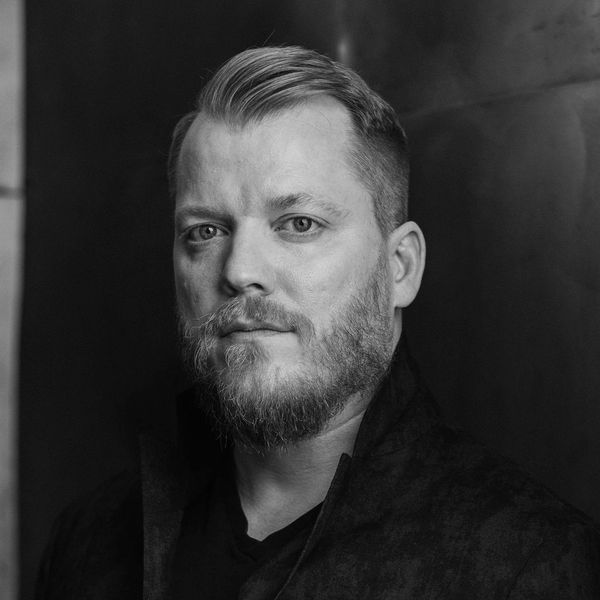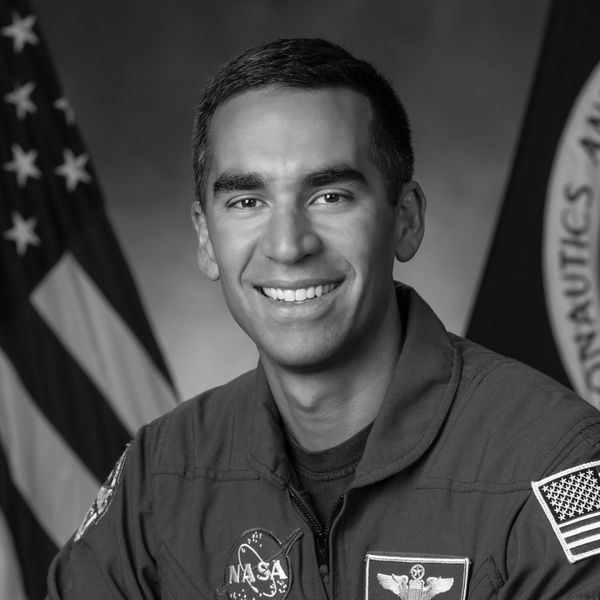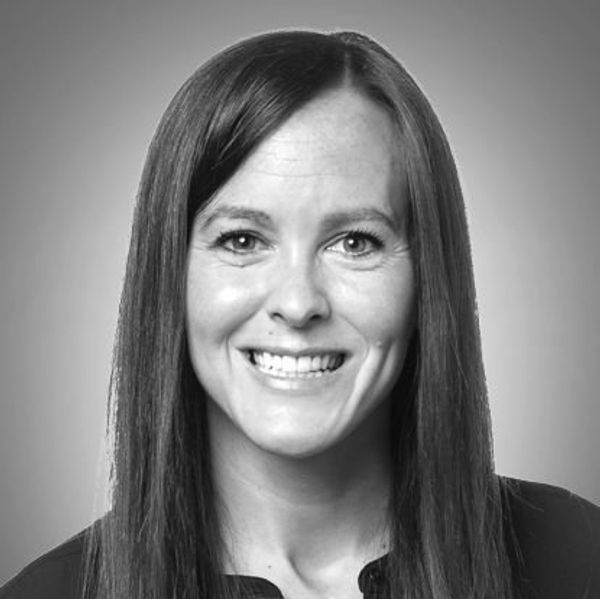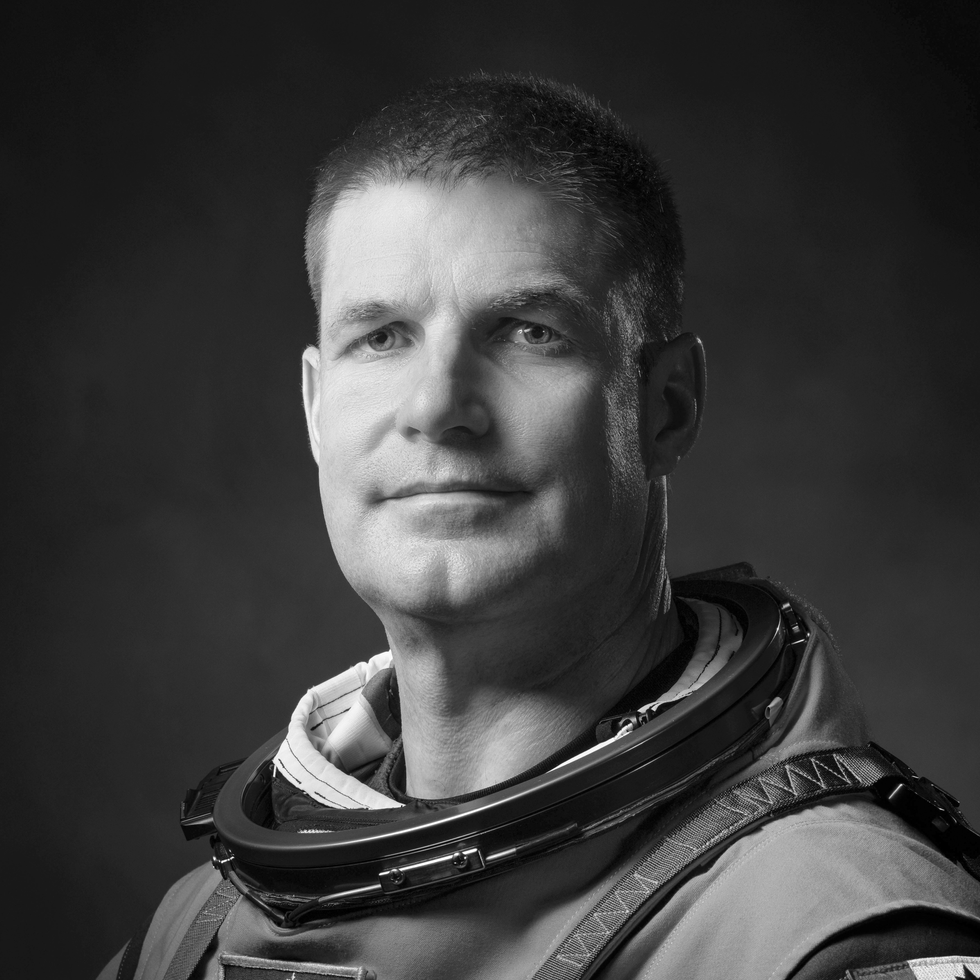Trending Now
We have updated our Privacy Policy and Terms of Use for Eurasia Group and its affiliates, including GZERO Media, to clarify the types of data we collect, how we collect it, how we use data and with whom we share data. By using our website you consent to our Terms and Conditions and Privacy Policy, including the transfer of your personal data to the United States from your country of residence, and our use of cookies described in our Cookie Policy.
{{ subpage.title }}
Artemis and the lunar economy
Listen: There is a big difference between NASA’s current Artemis program and its Apollo program of five decades ago. This time, there is a long-term plan for humans on the moon. “We don't want to just touch it and come back and say we're done. We want to go there and stay there,” says NASA astronaut Raja Chari. He adds, “To do that, we need to go where there's resources.”
In the latest episode of Next Giant Leap, a podcast produced in partnership between GZERO and Canadian space company MDA, Raja Chari tells host Kevin Fong that the most valuable known resource on the moon is water ice, which could be used to sustain life in lunar bases. Water ice is most abundant in craters around the moon’s south pole. NASA is enlisting commercial companies such as SpaceX, Astrobotic Technology, and MDA to help get its astronauts to the polar region and in a position to ‘live off the land’ there.
One of MDA’s chief contributions to the Artemis program will be the robotic arm on a space station called the Gateway, which will orbit around the moon. The Gateway will be a transfer point for crew and cargo traveling to and from the lunar surface. MDA’s Holly Johnson is confident that the commercial space sector will be an essential enabler of the vision of a sustained human presence on the moon.
For a deeper dive into the private space industry’s part in the return to the moon, Kevin talks to Chad Anderson of venture capital firm SpaceCapital. Anderson explains why people are now talking about the rise of a ‘lunar economy’. He says, “Who controls the early infrastructure is set to control things and make a lot of money.”

Chad Anderson. Credit: David Noles
Chad Anderson
Founder and managing partner of SpaceCapital
Chad Anderson is the founder and managing partner of Space Capital. Space Capital is a seed-stage venture capital firm which invests in companies developing new space technologies. He is author of The Space Economy: Capitalize on the Greatest Business Opportunity of our Lifetime. Prior to founding Space Capital, Anderson led a successful career at JP Morgan Chase, where he managed a $50-billion real estate portfolio through the Great Recession. He has an MBA with a focus on entrepreneurship and innovation from the University of Oxford.

Raja Chari. Credit: NASA
Raja Chari
NASA Astronaut
Raja Chari was selected as a NASA astronaut in 2017. Prior to joining the space agency, he was a colonel and a fighter pilot in the United States Air Force. In 2021, Raja Chari made his first flight into space. He commanded the mission of a SpaceX Dragon capsule to the International Space Station. Raja Chari then spent almost six months aboard the space station as a mission specialist, which included two space walks. His next mission could well be an Artemis moon landing.

Holly Johnson. Credit: MDA
Holly Johnson
Vice President of Robotics and Space Operations, MDA
Holly Johnson was appointed vice president for robotics and space operations at the Canadian space company MDA in 2022. She is a trained mechanical engineer who has occupied engineering, business development, and corporate operations roles in her 15-year career at the Canadian company.

Kevin Fong. Credit: Anthony Cullen
Dr. Kevin Fong (host)
Professor, Department of Science, Technology, Education and Public Policy (STEaPP) at University College London
Kevin Fong is a senior emergency care physician and anesthesiologist in the UK’s National Health Service. He is also an expert in space medicine and has worked as a researcher in NASA’s human spaceflight program in Houston. He is also a broadcaster who has hosted many radio and television shows, and podcasts on space flight and exploration. They include the BBC hit podcast ‘13 Minutes to the Moon’.
- Next Giant Leap: New frontiers and the business of ... - GZERO Media ›
- Mission to the Moon, with Artemis II astronaut Jeremy Hansen ›
- The Politics of the Moon Mission ›
- Chinese space probe begins drilling on Moon ›
- Amazon satellites and Project Kuiper: next steps in Big Tech space race ›
- Welcome to Antarctica: A conflict-free zone - GZERO Media ›
Mission to the Moon, with Artemis II astronaut Jeremy Hansen
Listen: In November 2024, astronaut Jeremy Hansen will take one giant leap for both space exploration and his country, Canada. He will be the first non-American to fly to the moon. Hansen has been selected as one of the four crew members of Artemis II - the NASA-led mission to send humans to and around the moon for the first time in more than fifty years.
In the first episode of Next Giant Leap, a podcast produced in partnership between GZERO Media and the space company MDA, Jeremy Hansen tells host Kevin Fong why he believes humanity needs to return to the moon, and how a successful Artemis 2 flight will pave the way for the first attempt to land two people on the lunar surface since the Apollo era.
Jeremy Hansen is candid about the risks which he and his crewmates will be taking on their historic ten-day mission. He’s also philosophical about the long wait he has had for his first opportunity to voyage into space.

Jeremy Hansen. Credit: NASA
Jeremy Hansen
Astronaut, Canadian Space Agency & Mission Specialist of the Artemis II mission
Jeremy Hansen was selected to be an astronaut by the Canadian Space Agency in 2009. Prior to becoming an astronaut, Colonel Hansen served as a CF-18 fighter pilot in the Royal Canadian Air Force. In 2023, NASA announced that Jeremy Hansen will be one of the four astronauts aboard its Artemis 2 mission. This will be the first mission to send humans to and around the moon in more than fifty years. Jeremy will be the first non-American on a lunar flight.

Kevin Fong. Credit: Anthony Cullen
Dr. Kevin Fong (host)
Professor, Department of Science, Technology, Education and Public Policy (STEaPP) at University College London
Kevin Fong is a senior emergency care physician and anesthesiologist in the UK’s National Health Service. He is also an expert in space medicine and has worked as a researcher in NASA’s human spaceflight program in Houston. He is also a broadcaster who has hosted many radio and television shows, and podcasts on space flight and exploration. They include the BBC hit podcast ‘13 Minutes to the Moon’.
- The Politics of the Moon Mission ›
- Chinese space probe begins drilling on Moon ›
- Amazon satellites and Project Kuiper: next steps in Big Tech space race ›
- The Graphic Truth: Space junk — enter the trashosphere ›
- Artemis and the lunar economy - GZERO Media ›
- The satellite revolution in Low Earth Orbit - GZERO Media ›
- The future of space: congested and contested - GZERO Media ›